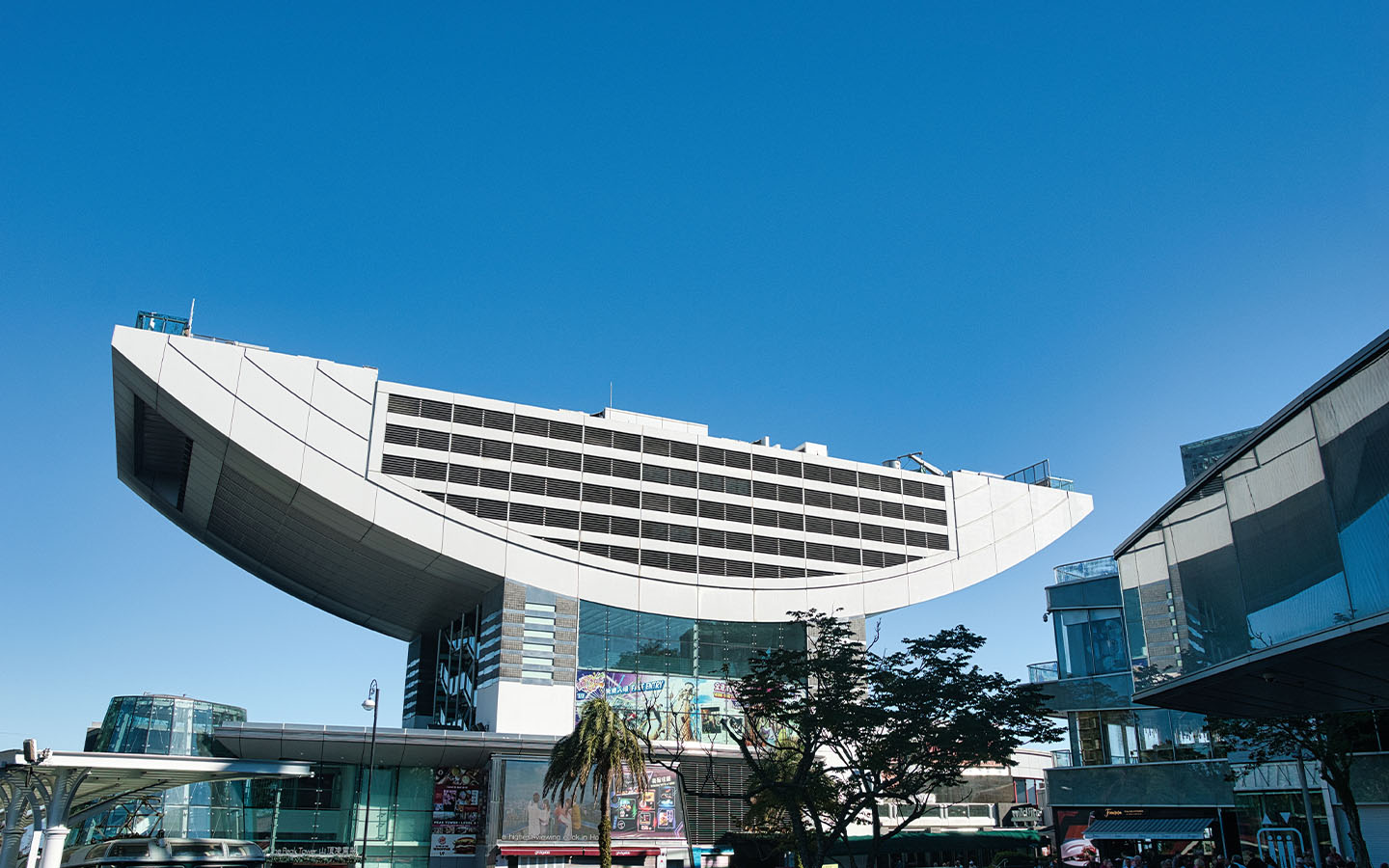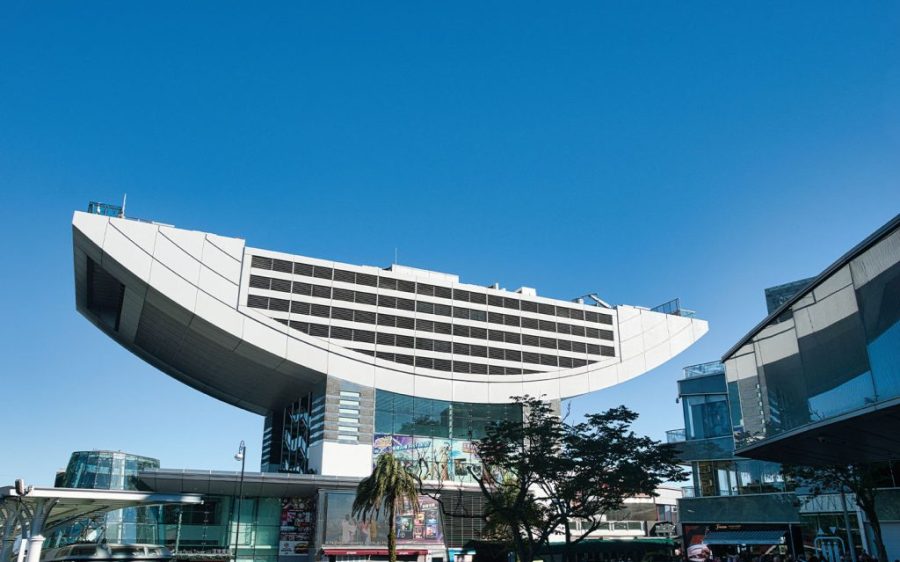Sir Terry Farrell, the British architect behind some of Hong Kong’s most recognisable landmarks, including Peak Tower, has died at the age of 87, multiple media outlets report.
Farrell’s firm confirmed his death this week, describing him as “a maverick, radical and non-conformist” whose playful, postmodern style left a lasting mark on cities across the world.
Best known internationally for designing London’s MI6 headquarters, Farrell’s architectural influence was particularly strong in Hong Kong, where he lived and worked for several years. Beyond the iconic Peak Tower overlooking Victoria Harbour, his firm Farrells designed key infrastructure projects such as Kowloon Station and Tsuen Wan West Station.
Farrell also designed the British Consulate-General building in Admiralty, Kennedy Town Swimming Pool, and West Kowloon Cultural District’s M+ Museum – one of Asia’s leading contemporary art institutions.
[See more: China’s architectural community in shock following loss of urban visionary Yu Kongjian]
In the Chinese mainland, Farrell contributed to several major projects including Guangzhou South and Beijing South railway stations, which are among the largest in the world. He also designed Shenzhen’s KK100 tower.
Born in 1938, Farrell began his career in partnership with Nicholas Grimshaw before founding his own firm in 1980. His reputation grew after the colourful TV-AM studios in London were completed in 1982, followed by the MI6 building in 1994. The latter has featured in several James Bond films.
His firm noted that his “enduring commitment to urbanism has helped shape government policy on key built environment issues.”
Farrell was knighted in the UK 2001 for services to architecture and urban design.






